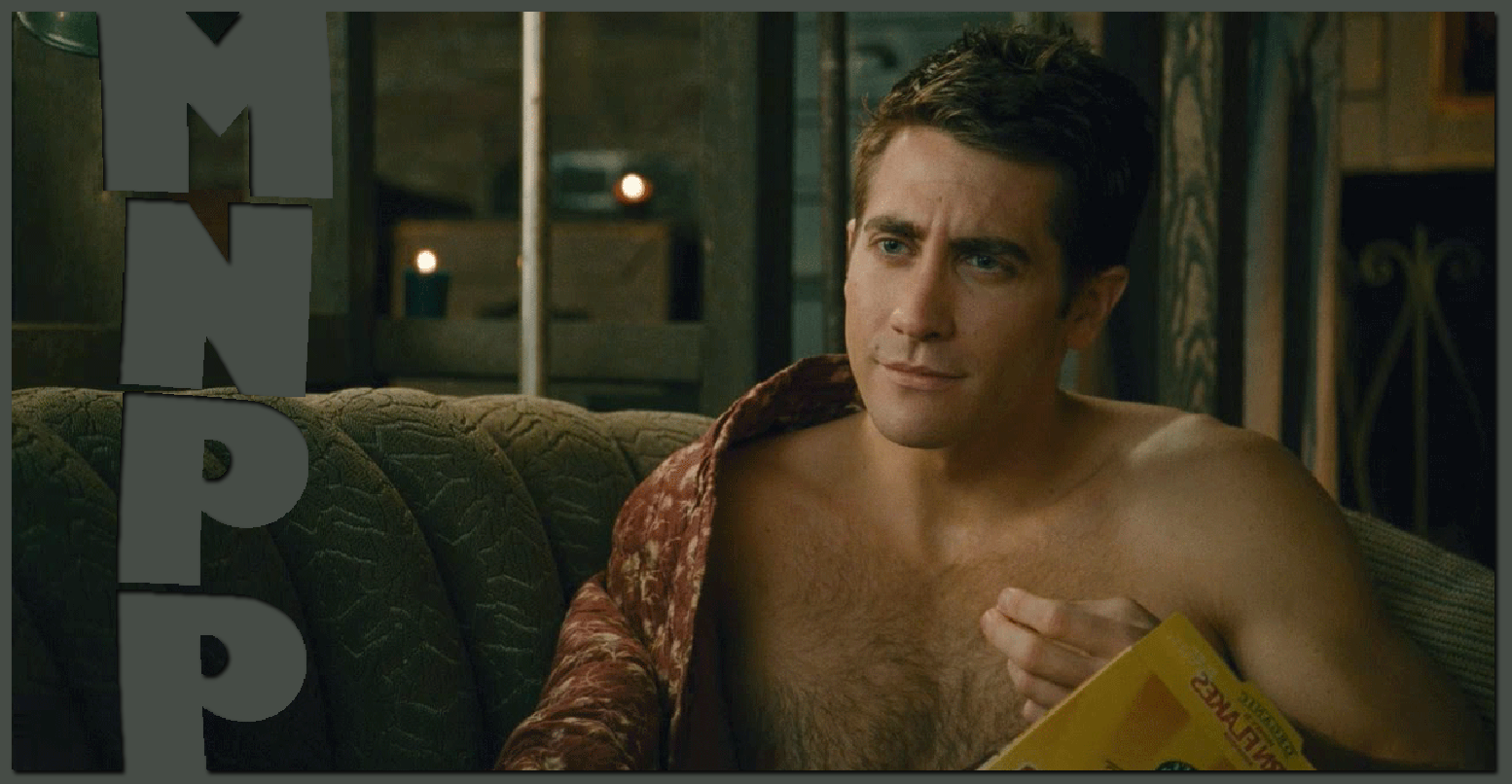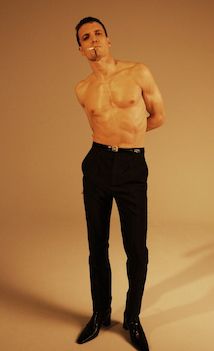 Now that I have my big fancy new TV I've been going back and rewatching some of my favorite pretty movies, rolling around like a dog in filth, if you will, in their loveliness. Last night this brought me to Wong Kar-wai's 2000 masterpiece In the Mood For Love.
Now that I have my big fancy new TV I've been going back and rewatching some of my favorite pretty movies, rolling around like a dog in filth, if you will, in their loveliness. Last night this brought me to Wong Kar-wai's 2000 masterpiece In the Mood For Love.What struck me this time watching the film (only my second viewing) was what a tactile experience the entire thing is. Every surface is fetishistically rendered; you actually feel as if you could press your hand to the screen and run your fingers against the broken grain of the concrete walls, the rich fabrics of Maggie Cheung's dresses, against the slick shine of Tony Leung's hair and come up wet. Even the air itself seems present - it's constantly saturated with cigarette smoke or steam from pans and rice cookers, the rain rising off the pavement in a mist. Or the image itself is filmed through windows or curtains or glass - everything pulsates with a real physical immediacy, layers upon layers of different tactile sensations piling on each other, pulling us under the film's spell.
So I was sitting there actively thinking about this aspect of the film and how marvelously it works you over, how it brings you right into this world he's set up, when a shot happened, exceedingly simple, that just underlined everything I was thinking. So here it is. The camera starts back a bit from a stairway's banister, but slowly slides forward to it.



Take note of the play of light on the banister towards the left side there. That's where you eye goes as the camera moves forward, because the reflection there is what's moving in the shot. It catches your eye. This is fairly late into the film so you're already pulled under its spell, caught in its hypnosis of surface and texture. Notice that the light itself is aimed right on a seam in the wood - this doesn't happen by mistake! I'm not being crazy here. Wong Kar-wai's camera, where the light falls and what surfaces it catches, it's planned and on purpose. So we're watching his camera zoom in on this wood, we're seeing the light play off of it, and we're drawn into that seam. So what happens next?

Of course, a hand comes in, right where our eyes has been trained to look, and touches the space we're staring at. And not only that:

She starts picking at the wood, and the seam in the wood, with her fingernail. So our senses are overloaded with that sensation, immediately.
It's not that this is a moment of terrific weighty importance to the film that I'm dissecting here (although I don't think it should be left unnoticed that her wedding ring is prominently displayed in this moment, where she picks at the seam between two pieces of wood, ahem, right around the time she's making her final decisions about her life torn between a cheating husband and another man). It's just an example of Wong Kar-wai's ability to reel us in with these tactile sensations. Of how a simple shot like this one can, through the eyes of someone trained to the most minute details, work so much wonder. The film is bursting with these sorts of moments, and is all the richer for it.
.




































3 comments:
You do not understand how happy I am that you wrote a post talking about this precise moment in the film. I have seen it about four times now, and I realized during my second viewing of the film that this moment was one of my favourite moments in the entire film.
It makes me so happy to see that others appreciate it as much as I do.
Popcorn and Cigarettes, that's so awesome, that you've loved on this specific moment too. I love that! The internet makes such connections possible! So cool.
So do people in Asia wear their wedding rings on their middle finger ?
Post a Comment